Sickness is usually attributed to contamination of air and water. But, problems like tummy upset clearly indicate that it could be due to the germs that you pick up from the food you eat. Whether it is restaurant food or home-cooked food, it is bound to happen when kitchen hygiene is not up to the mark.
Post your Requirement
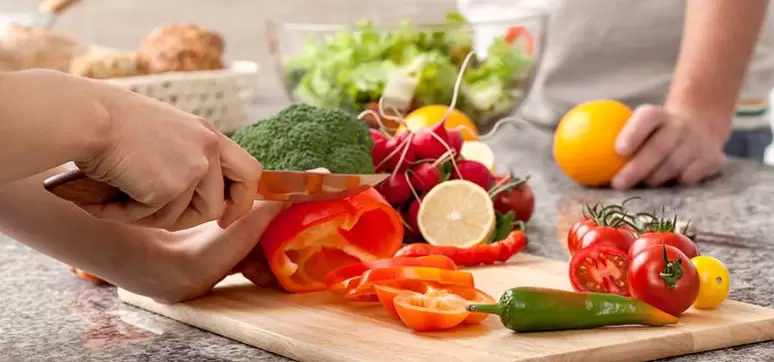
Kitchen Hygiene
The definition of hygiene goes like this. The science and practice of maintaining good health through cleanliness. Kitchen hygiene definition, therefore, is the awareness and practice of hygiene tips before they begin to cook. The lack of cleanliness in the kitchen and lack of good personal hygiene habits and practices by those cooking the food can cause contamination, food poisoning, and infections which can affect good health. Health is wealth. This clearly indicates the Importance of kitchen hygiene and why you should follow it at any cost.
What is kitchen hygiene?
Kitchen hygiene is nothing but the rules and practices you follow to keep the kitchen clean at all times as well as the rules and practices of personal hygiene in the kitchen that you as a person who cooks the food follow to ensure that the food does not get contaminated in any way. By doing this you would be able to keep away rodents, insects and germs that can contaminate the food and ensure that your kitchen whether it is in a household or a restaurant is not a breeding place for diseases.
Suggested Post: What Are The Best Materials For Modular Kitchen?
10 hygiene rules
10 hygiene rules in the kitchen that you ought to adopt include
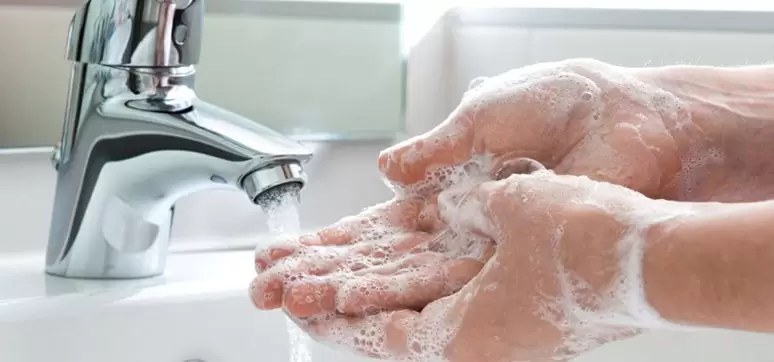
1. Washing your hands
This is an important kitchen hygiene precaution that you can implement easily but can offer immense benefits. Germs from the hand can get transferred to the food quickly and proliferate even faster when it is undercooked. Therefore, wash your hands
- Before you initiate a food-handling process
- When you start to cook
- When you are going to use raw meat for cooking
- After visiting the toilet
- Every time you take food for tasting.
Washing here does not mean wetting your hands. It means washing it thoroughly using anti-bacterial handwashes, or soap with warm water for at least 20 seconds to clear your hand of bacteria like Salmonella and E.coli. Wipe your hand dry with a dry towel.
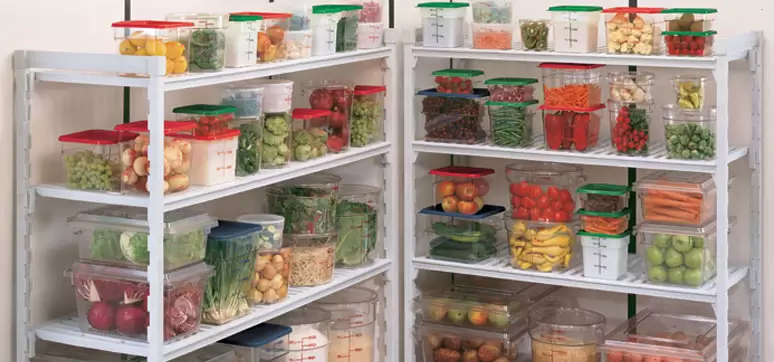
2. Storage of food
It is important to store food properly to ensure proper cooking. When it comes to storing food, you need to be even more precautious.
Related Post: How Kitchen Wall Cladding Helps in a Hygenic Lifestyle
- Placing warm food in the fridge could cause food poisoning because the moisture that would develop while the food cools down is retained on the surface of the food and lead to the growth of bacteria and other germs that can affect your health when you consume it and also contaminate the other food in the refrigerator. Therefore, ensure that the food you store is completely cool.
- It is better to store raw animal food items at the bottom of the fridge. This is a precaution you would have to take because raw meat, fish, and poultry can drip into the fridge causing illness that could be fatal.
- Store food only with lids to avoid it being vulnerable to bacteria
- Make it a habit to always check the “use by” date on all items that you store in the fridge.
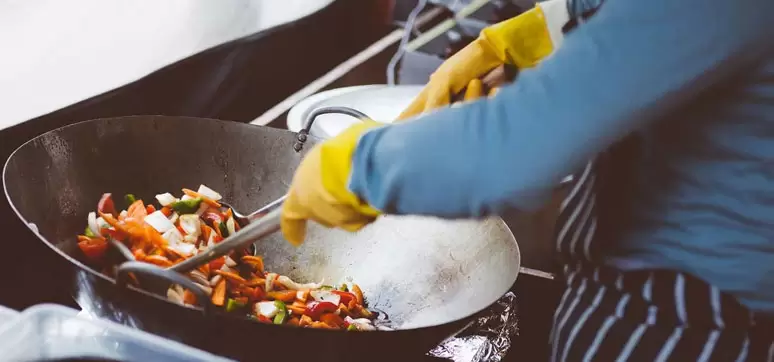
3. Cooking food thoroughly
Though this might seem kiddish, it goes to emphasize the importance of cooking food to the right temperature. Undercooked food seems to be the reason for the ingestion of harmful bacteria especially if it is meat. It is important to cook animal food to a minimum of 170-degree Fahrenheit. This would ensure that the virus, bacteria as well as other parasites are killed.
Click Post: Kitchen Safety Rules Tips Safety Measures
When you reheat food, ensure that the food is steaming hot throughout. Make it a habit never to reheat the food more than once. Washing vegetables and fruits to remove harmful bacteria and germs on the surface of foods.
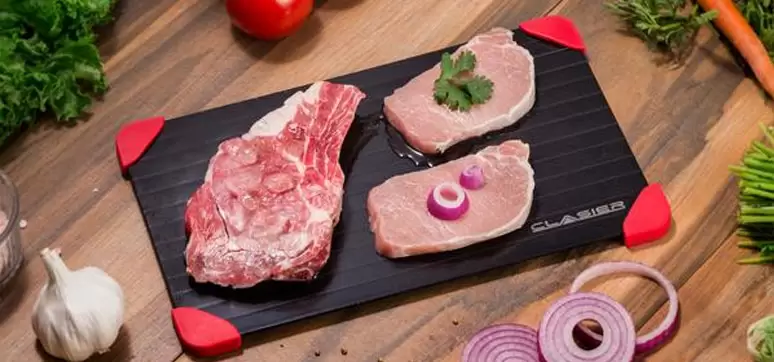
4. Defrosting food
When you are defrosting frozen foods, do not thaw perishable foods in the counter for more than 2 hours. The outer surface of the frozen food that thaws faster than the center would have a temperature that is between 40degree Fahrenheit- 140-degree Fahrenheit. This is an ideal temperature for the growth of bacteria of lethal kind. The best way to thaw frozen food is to keep it in the fridge at the bottom shelf after taking it out of the freezer or thaw it under running water and get it done within an hour.
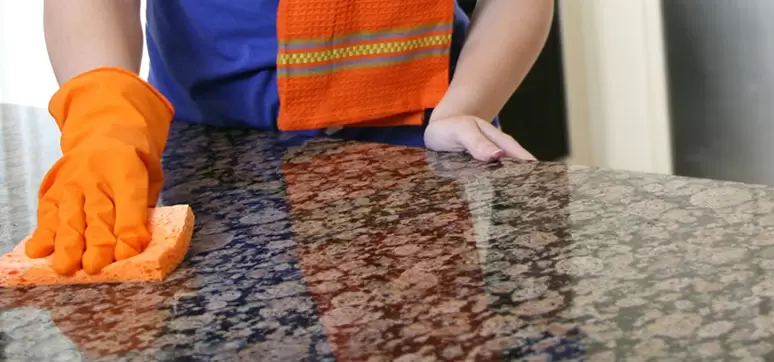
Suggested Post: 12 Kitchen Organization Ideas & Tips
5. Cleaning
After cooking is done, cleaning the kitchen is very important. Cleaning the countertop as well as the flooring would avoid cross-contamination and reduce the risk of diseases dramatically. However, not letting water linger is also important to ensure that there is no bacterial growth.
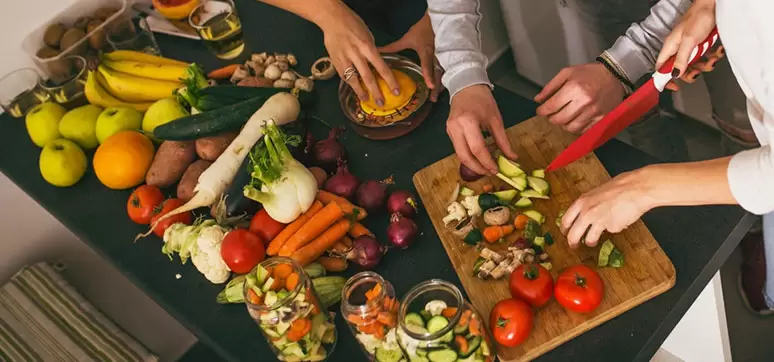
6. Maintaining food items
Some food groups are extremely vulnerable to bacterial growth before and after cooking. It includes fish, eggs, melons, tofu, paneer, beans, sprouts etc. they have to be stored in temperatures that are above 140 degrees Fahrenheit or less than 40 degrees Fahrenheit. Even in such conditions, it is better not to store them for over 7 days. In case you are using these items heat it to a temperature of over 17o degree Fahrenheit.
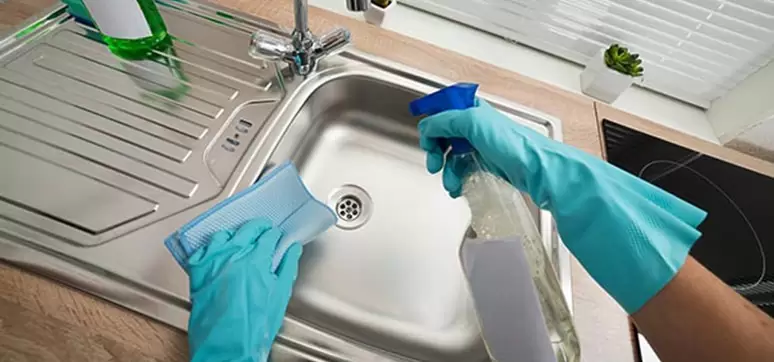
Related Post: How Kitchen Wall Cladding Helps in a Hygenic Lifestyle
7. Cleaning the sink and the appliances
Cleaning the sink daily and the appliances every time you use it is the best way to keep them clean and extend their lifetime. While this should be the routine cleanliness schedule, there is a special schedule you should adhere to at least once a week which includes cleaning the sink using hot or warm water and bleach. Scouring the kitchen sink clean which includes the plug chain and the insides of the sink. likewise, in the case of the oven check if the insides are tidy and clean. If it is dirty, scrub away the grime and dirt using warm water and a scourer.
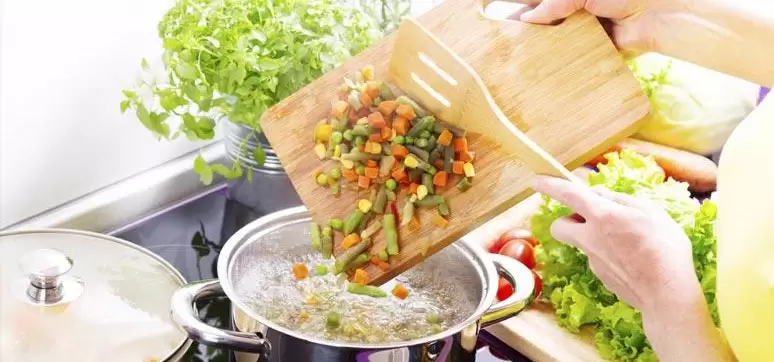
8. Preventing cross-contamination
Generally, the cutting boards and knives are considered to be the culprits behind cross-contamination. Using separate cutting boards and knives for farm foods and animal foods would make the job of cleaning it easy too. This is indeed the best way to avoid cross-contamination and prevent germs from raw food from being transferred to the kitchen surface and from there to the food you prepare. Similarly, your personal health standards to are important in preventing bacteria from being transferred to the food.
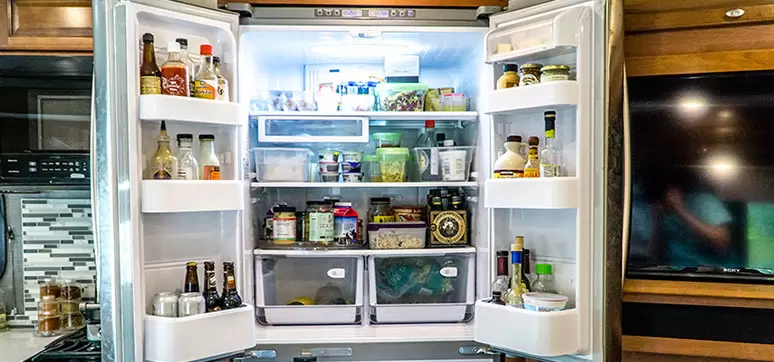
Click Post: 6 Things to Know Before Installing your Modular Kitchen
9. Maintaining the fridge and freezer
You might be opening and closing the fridge many times in a day, but would not realize that it requires cleaning until it is really soiled. It is great to include refrigerator cleaning in your maintenance schedule at least once a week or fortnight on the inside and the outside. Also, defrost the fridge at the right time and wipe it dry after the ice has melted.
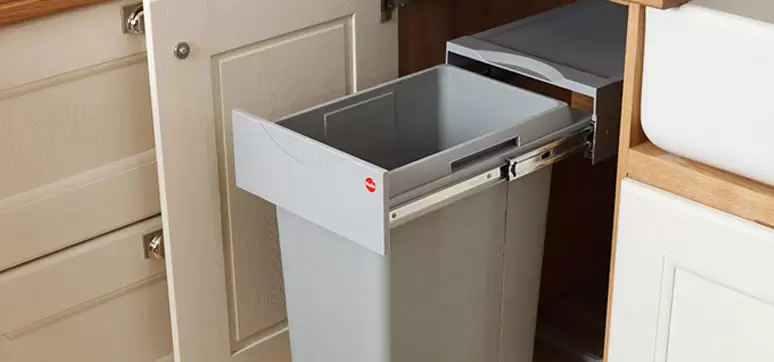
10. Have a good bin in the kitchen
Having a good bin with trash bags in place and disposing of the trash on regular basis are also ways to ensure that bacteria do not grow at a fast rate in your kitchen due to the decomposition of food leftovers in the trash.
Now, you must be clear about what is kitchen hygiene and how important it is to ensure good health. The best way to bring it into practice at home or in a restaurant is to prepare a kitchen hygiene checklist that has various heads and points that has to be checked in each of them so that you can keep a note of whether you are adhering to the kitchen hygiene rules.


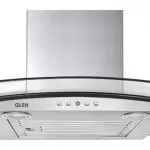



















Post A Comment